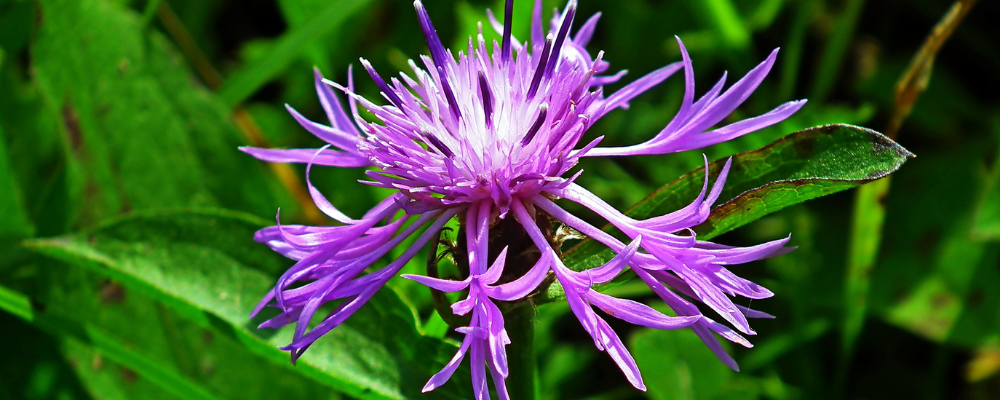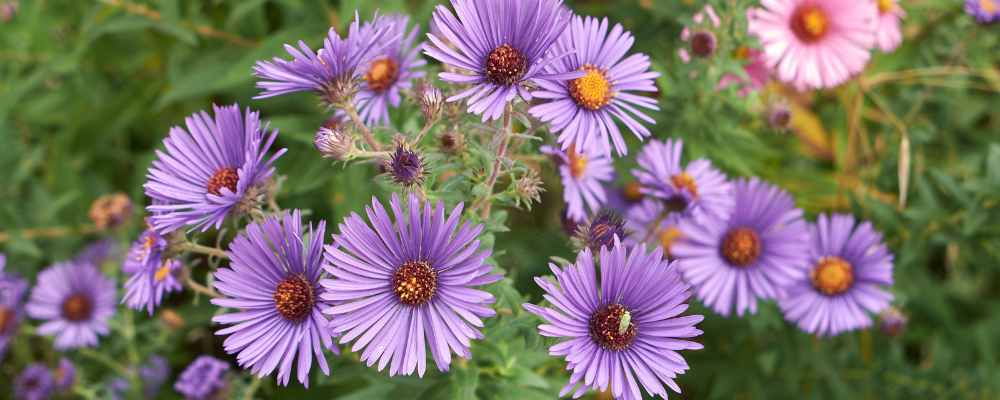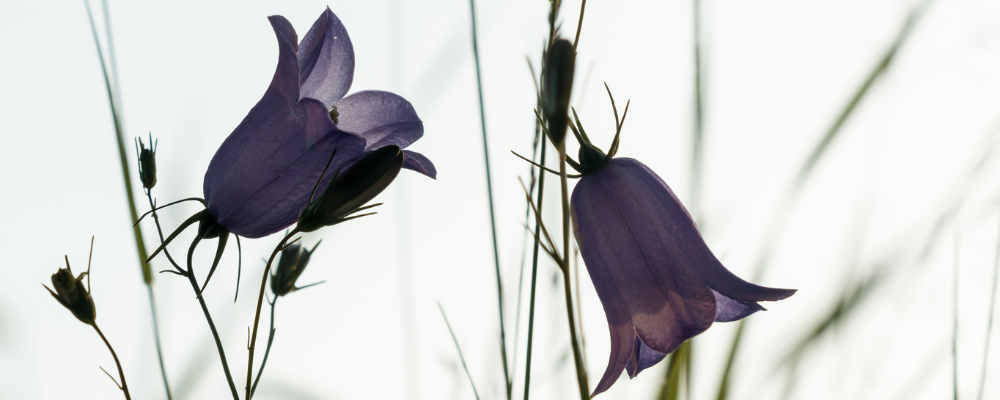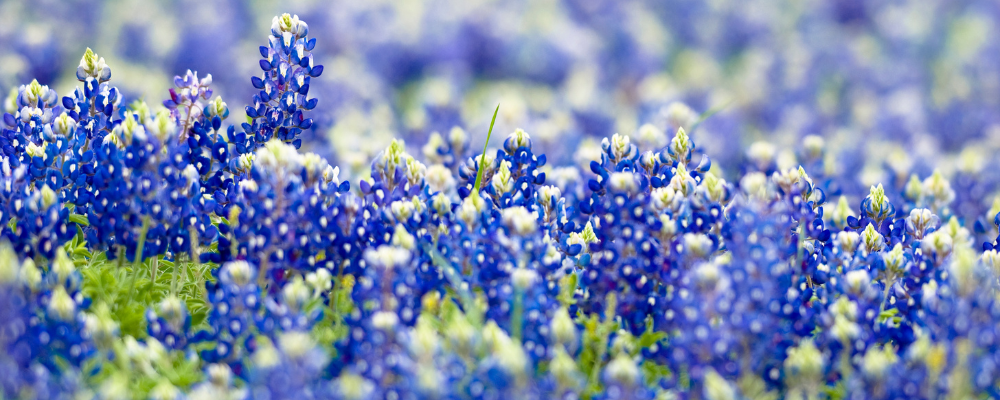Latin is Not Dead!
Written by Liz Street
Latin is not dead! It is alive and thriving in YOUR garden! While you won’t come face to face with a toga-clad centurion, greeting you with a friendly “Salve”; you just might use the Latin “Salve” to greet your plants and get to know them better.
You will not find classical Latin, as you may have learned it during your school days; what you will find is a combination of some Latin, some Greek, and some Latinized English words, designated to aid you in identifying your plants. You may have a “shrubus unfamiliaris” or a “plantus unknownicus” and the binomial nomenclature, devised by 18th century botanist, Carolus Linnaeus (Systema Naturae, 1735) will lead you to the information you seek. Actually, Linnaeus is the Latinized version of the name of a Swede, Carl von Linne. He used a two-named or binomial system to classify plants. This botanical binomial nomenclature consists of the genus and species names for each plant. Latin was chosen for scientific names in general, since it was considered a “dead” language and no changes would be made to the language itself through the years. This system has enabled us to identify each unique plant with its own unique name.

Monarda
Common names can be very confusing to gardeners, not only in different countries but also in local areas. Common names are romantic-sounding, evocative, and attractive, but change over time, and often from one location to another. Someone may insist he is growing Bergamot, while his neighbor insists that it is Bee Balm, and his cousin from out-of-state says it is Horsemint. The genus is actually Monarda, named for a 16th century botanist and physician, Nicholas Monardes (1493-1588). All three plants are members of this genus, and the term “Monarda” would have been easily recognized by all three people involved.

Aster
The genus name comes first and is a group of related species. The plural of genus is genera (just another surprise in Latin). The genera are often named for the person who discovered them or someone they are meant to honor, or perhaps a simple Latin word that tells what they look like (e.g., Aster = star flowers; astrum, astra is star in Latin). The genus name is capitalized and is followed by the species name in lower case letters, commonly expressed in Italics.

Harebell
The species name often tells us something about the background of the plant – color, how it grows, where it comes from, etc., much the same as the genus, or it could refer to the discoverer or someone being honored, or a trait of the plant.
Lorraine Harrison, author of the Royal Horticultural Society’s latest book and several other informative books on the subject of gardening, gives excellent reasoning for using Botanical Nomenclature as opposed to cute, common names. The Latin terms are internationally recognized. Ms. Harrison explains, that “a Scottish bluebell is called a Harebell in England and Wales, but in all countries it is known as Campanula rotundifolia. A plant called love-lies-bleeding would mean nothing to a gardener in Guatemala, but he will immediately understand Amaranthus caudatus (with a tail).”

Bluebonnet
Another plant near and dear to the hearts of Texans is the Bluebonnet, the Texas state flower. Early Spanish priests planted bluebonnets around their missions. This led people to believe that that they had brought them from Spain. This, however, is untrue because the two predominant species of bluebonnets are found growing naturally only in Texas, and nowhere else in the world. In 1901, once the cotton boll and cactus were voted down, the bluebonnet or buffalo clover (Lupinis subcarnosus) became the state flower. The Bluebonnet War began! This variety of bluebonnet is a dainty, little plant, and some folks wanted the state flower to be Lupinus texensis which is a bolder blue and a much showier plant.
The battle ended in 1971 when the two species were added together and lumped with any other variety of bluebonnet. Thus, all five varieties are included:
(Lupinus was taken (from the Latin) to indicate wolf-like, since the plants ravenously exhausted the soil)
1. Lupinus subcarnosus – a low-growing bluebonnet, found in sandy soil.
2. Lupinus texensis -this is the favorite. It provides a blue carpet in the spring in Central Texas. The flower stalk is tipped with white, and it is the easiest to grow.
3. Lupinus havardii – named to honor Valery Havard, a 20th century French-born botanist who immigrated to the U.S. and became interested in native flora and fauna.
4. Lupinus concinnus – meaning harmony or well put-together, this annual lupine grows in the Trans-Pecos region.
5. Lupinus plattensis – perhaps named for the Platte River, since it sneaks down from the North into the Texas Panhandle’s sandy dunes. Also known as the dune bluebonnet, the plains bluebonnet, and the Nebraska lupine.
Very often, the second of a plant’s two Latin names – the species – will tell you where it comes from, where it likes to be planted and/or what it will look like when it is grown. Learning the few simple terms listed below will give you a good start to learning a bit of Latin and becoming more familiar with your plants.
GEOGRAPHICAL
borealis – northern
australis – southern
orientalis – eastern
occidentalis – western
CONDITIONS
ammophils – likes sandy places
salinus – likes salt
monticolus – found growing wild in the mountains
DESCRIPTION
COLORS FORMS
- Albus White Arboreus Tree-like
- Argenteus Silver Contortus Twisted
- Aureus Gold Depressus Pressed down
- Azureus Sky Blue Elegans Elegant, willowy
- Diiicitrinus Yellow Grandi Large, showy
- Concolor One Color Humilis Low, small
- Discolor Two Colors Imperialis, showy
- Purpureus Purple Prostratus Prostrate
- Rubens, Ruber Red Reptans Creeping
- Scabrous Rough Feeling
There are many others: this is just a sampling. There are names of geographical origin such as japonicas and hispanicus, but they are fairly simple to figure out on one’s own.
If there is a third word in the name of a plant, it is a cultivar (cultivated variety) – a version of the plant selected for some feature – different colored flower, variegated leaves, etc. This third word is usually in English, beginning with a capital letter and inside single quotation marks. Some terms are easier than others and even resemble their English counterparts, such as horizontalis for one growing horizontally and variegata for variegated. Don’t get over hopeful at this bit of information; memorization is still the key to mastering taxonomy.
Lastly, a good number of gardeners are overly concerned and somewhat put off when it comes to the question of pronunciation. Think of Shakespeare’s line, “What’s in a name…” or the old song, “You say poTAYto, I say poTAHto.” One gardener may say “KlemATis,” while another says “KLEMatis,” for the plant known as Clematis. The point is, pronunciation is not so important at all! Don’t be intimidated! Some gardeners advise to just say the name “loudly and with conviction.”
So there you have good reasons to learn Latin plant names and a little start in learning them.
Plant lovers become Latin lovers! You can converse with friendly gardeners in your own town or on the other side of the world!
Have a question? pcmgaquestions@gmail.com
Parker County Master Gardeners, Texas A&M AgriLife Extension
